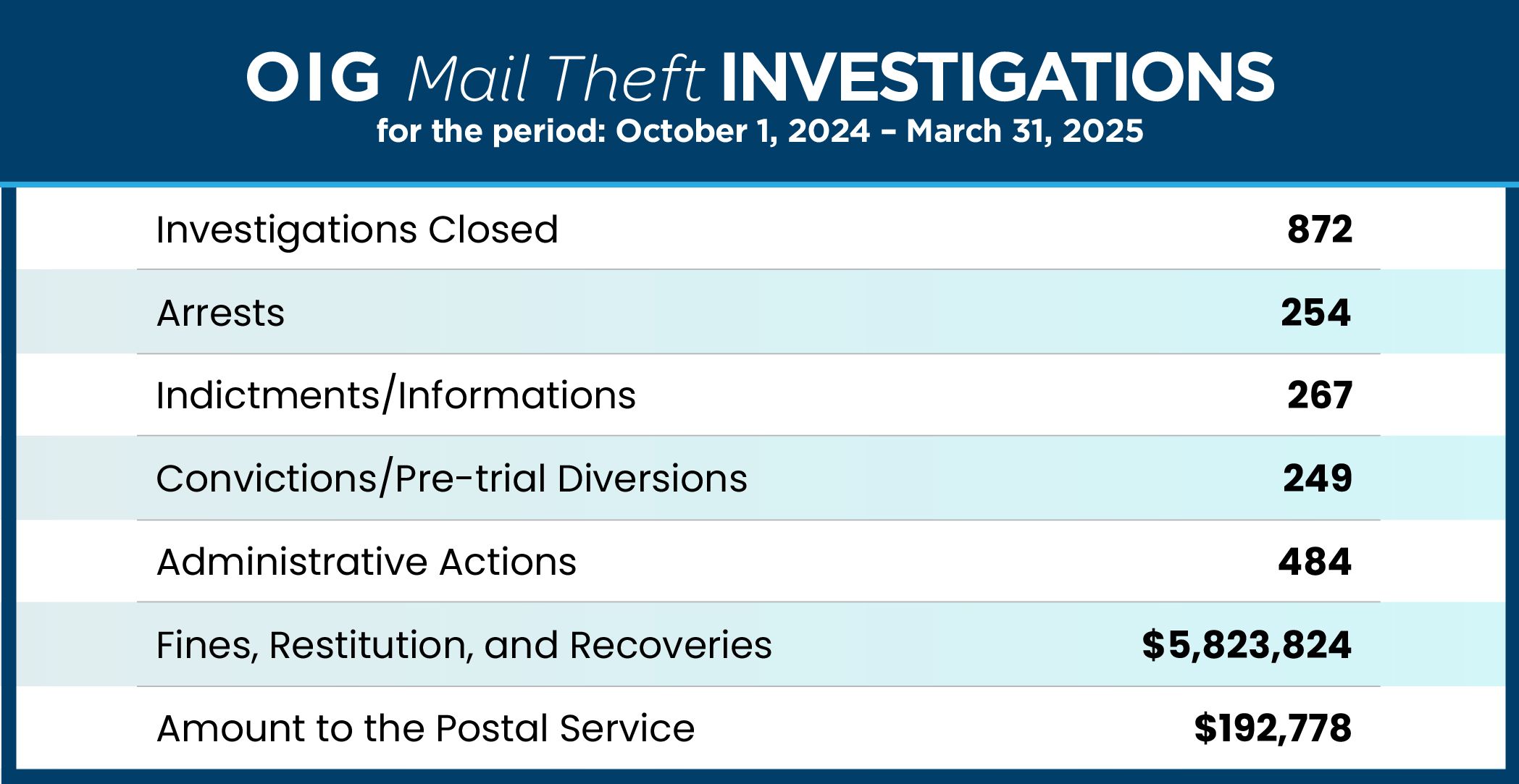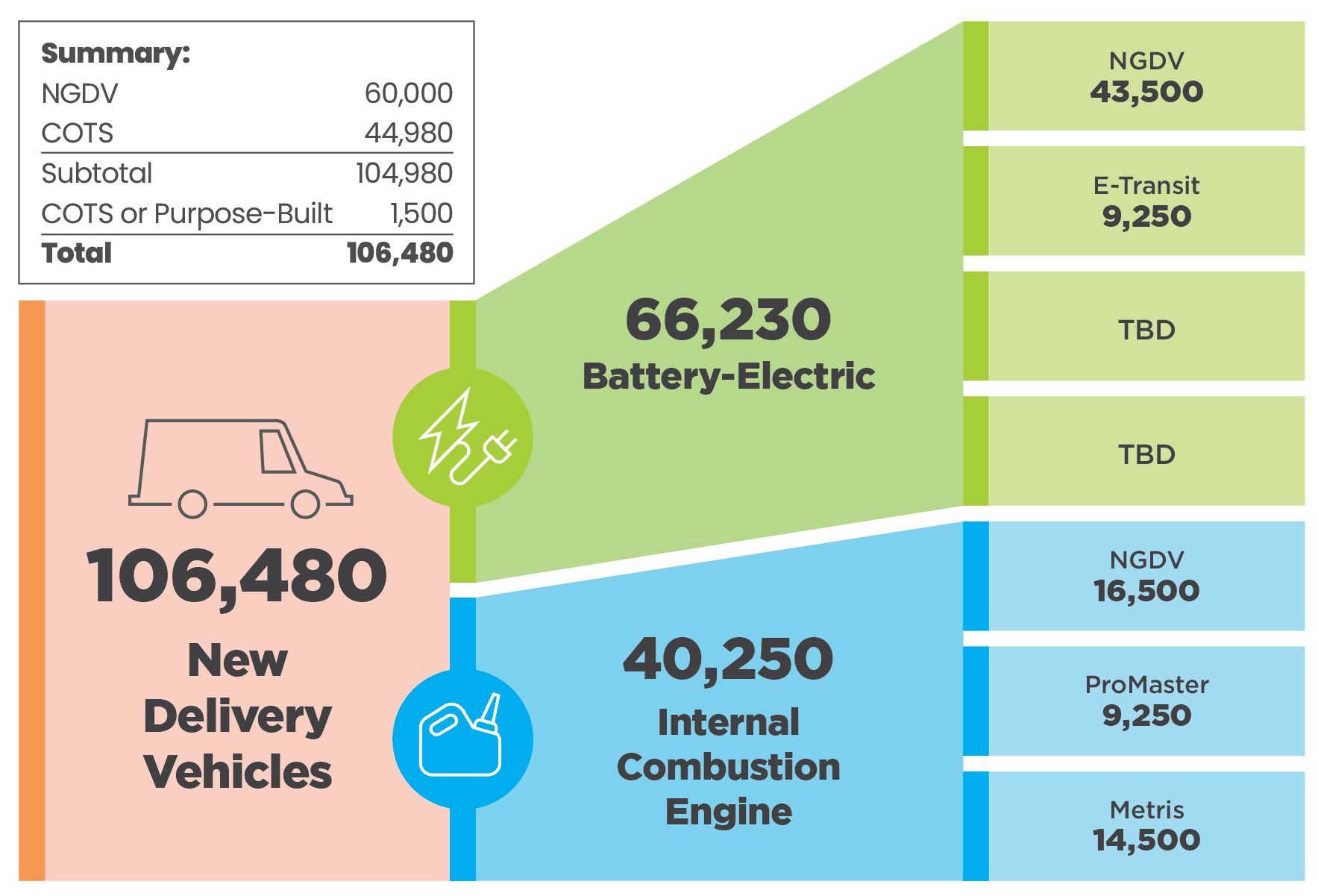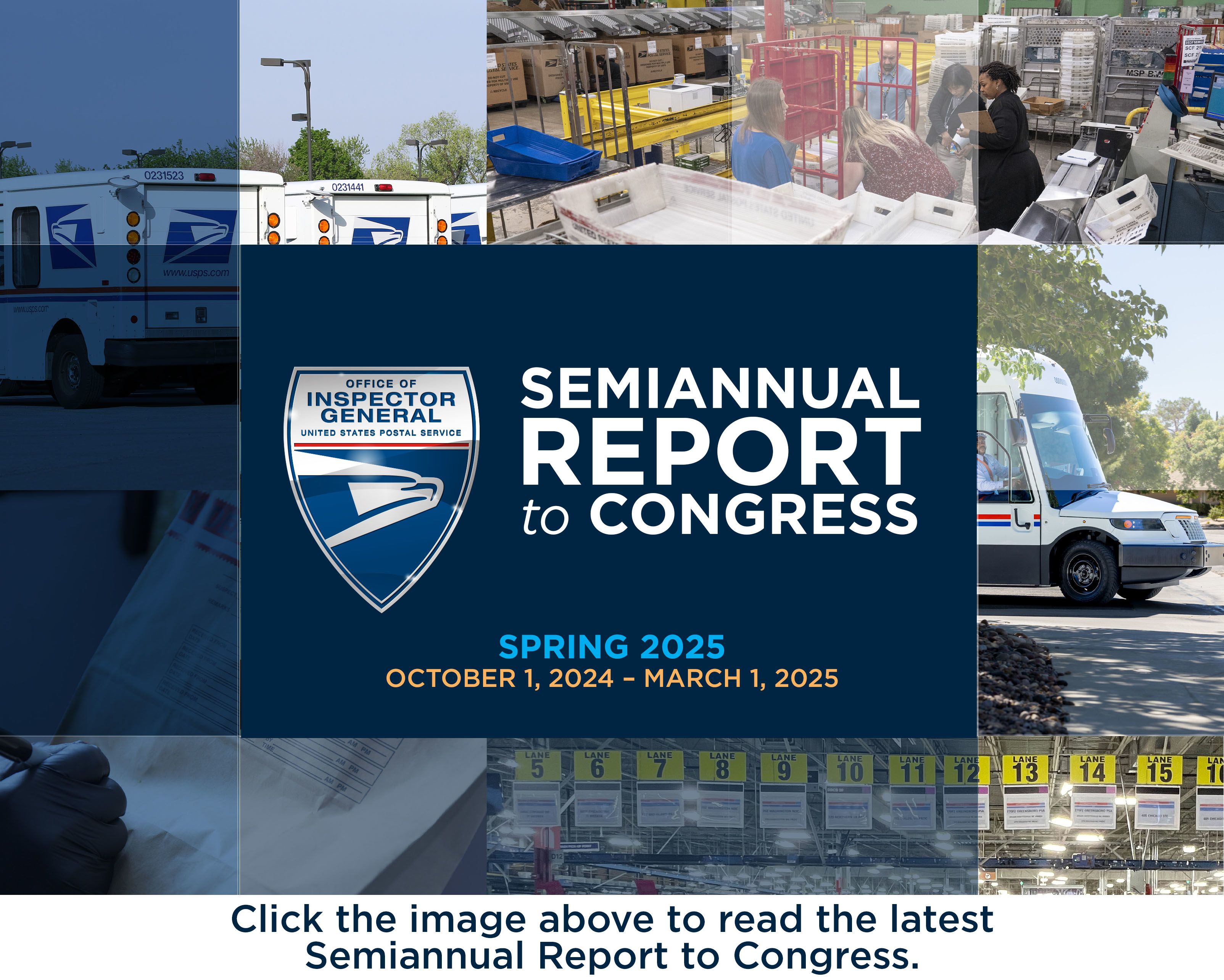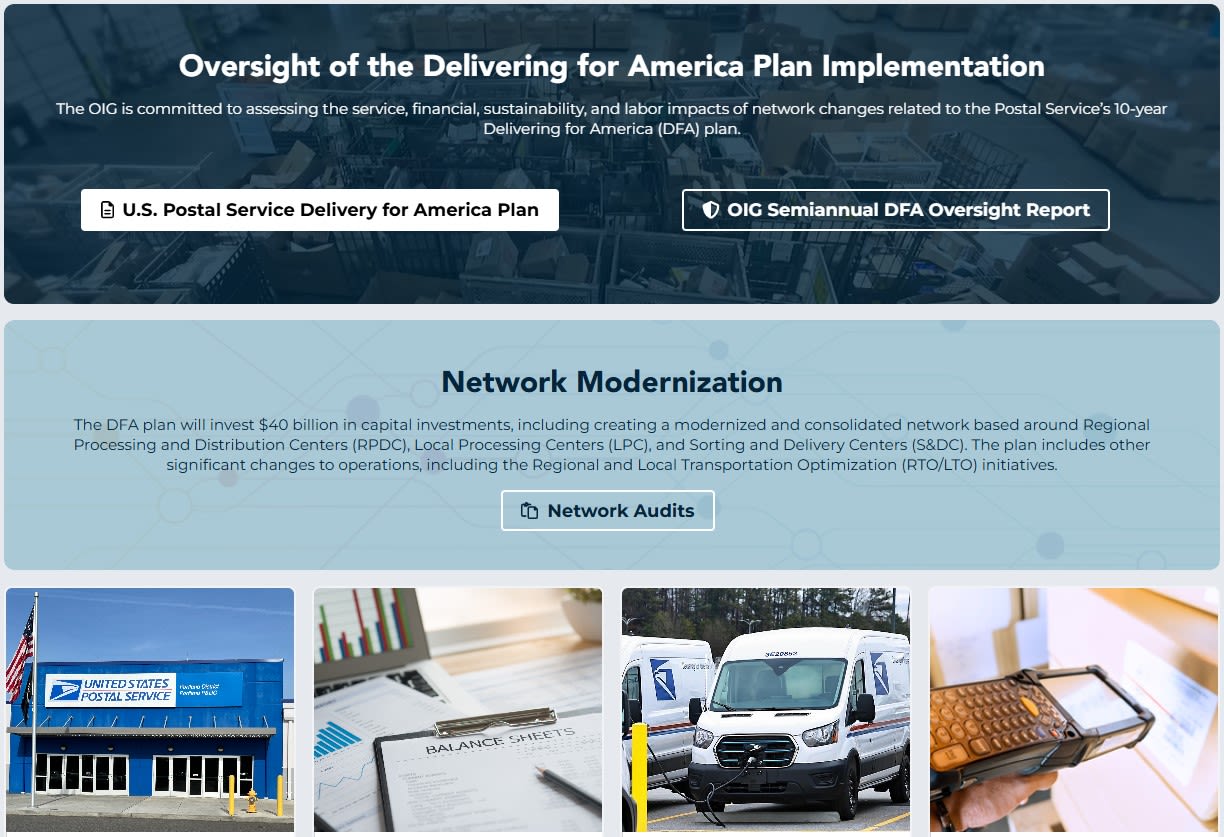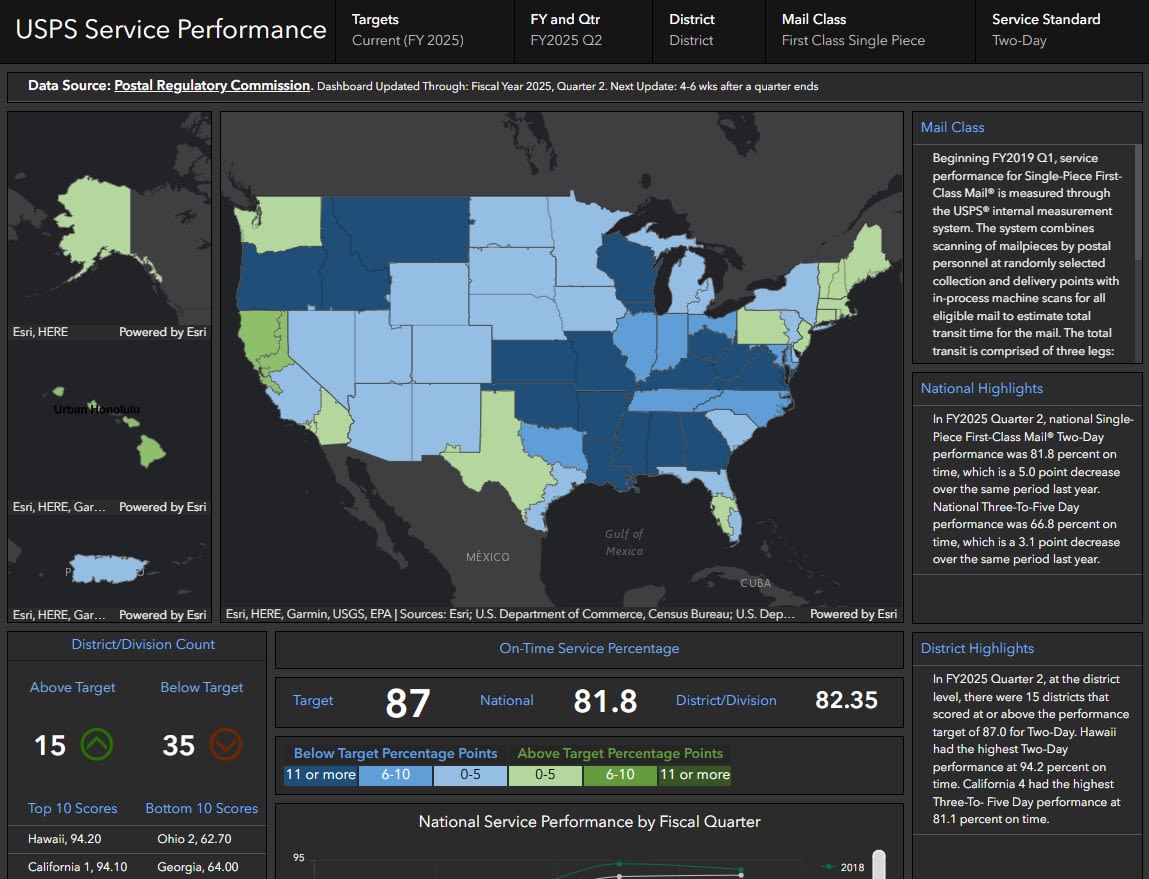Spring Semiannual Report
to Congress 2025
October 1, 2024 - March 30, 2025

OUR WORK

Every day, millions of Americans place their trust in the United States Postal Service. We, the U.S. Postal Service Office of Inspector General, are the trust behind that trust.
Our mission is to ensure the efficiency, accountability, and integrity of the Postal Service and its regulator, the Postal Regulatory Commission (PRC). We take pride in guarding America’s postal system and employees against fraud, waste, and abuse.
We’re a lean but mighty federal oversight agency, with only one OIG employee for every 690 postal workers. And although recent budgetary constraints have led to a reduced workforce, our work continues to have a visible, measurable impact.
In the past six months alone, we issued 46 audit reports, management advisories, and white papers, and identified over $121.9 million in questioned costs. Postal management agreed with 83 percent of our recommendations to improve issues we identified.
Our special agents completed 1,442 investigations that led to 365 arrests, 407 convictions, and more than $75.7 million in fines, restitution, and recoveries, of which more than $13.4 million was returned to the Postal Service.
This summary captures the five main areas of our work featured in our 2025 Spring Semiannual Report to Congress for the reporting period of October 1, 2024 through March 31, 2025.

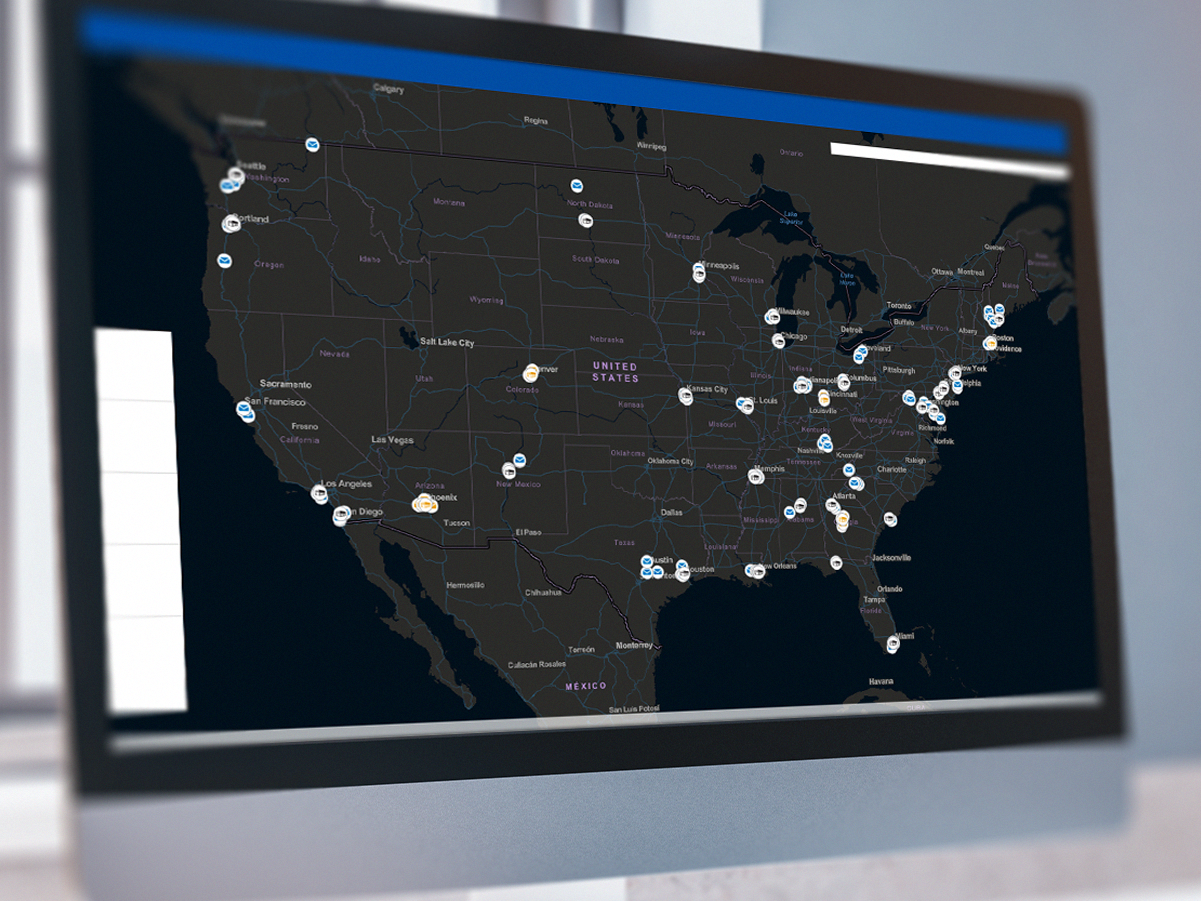
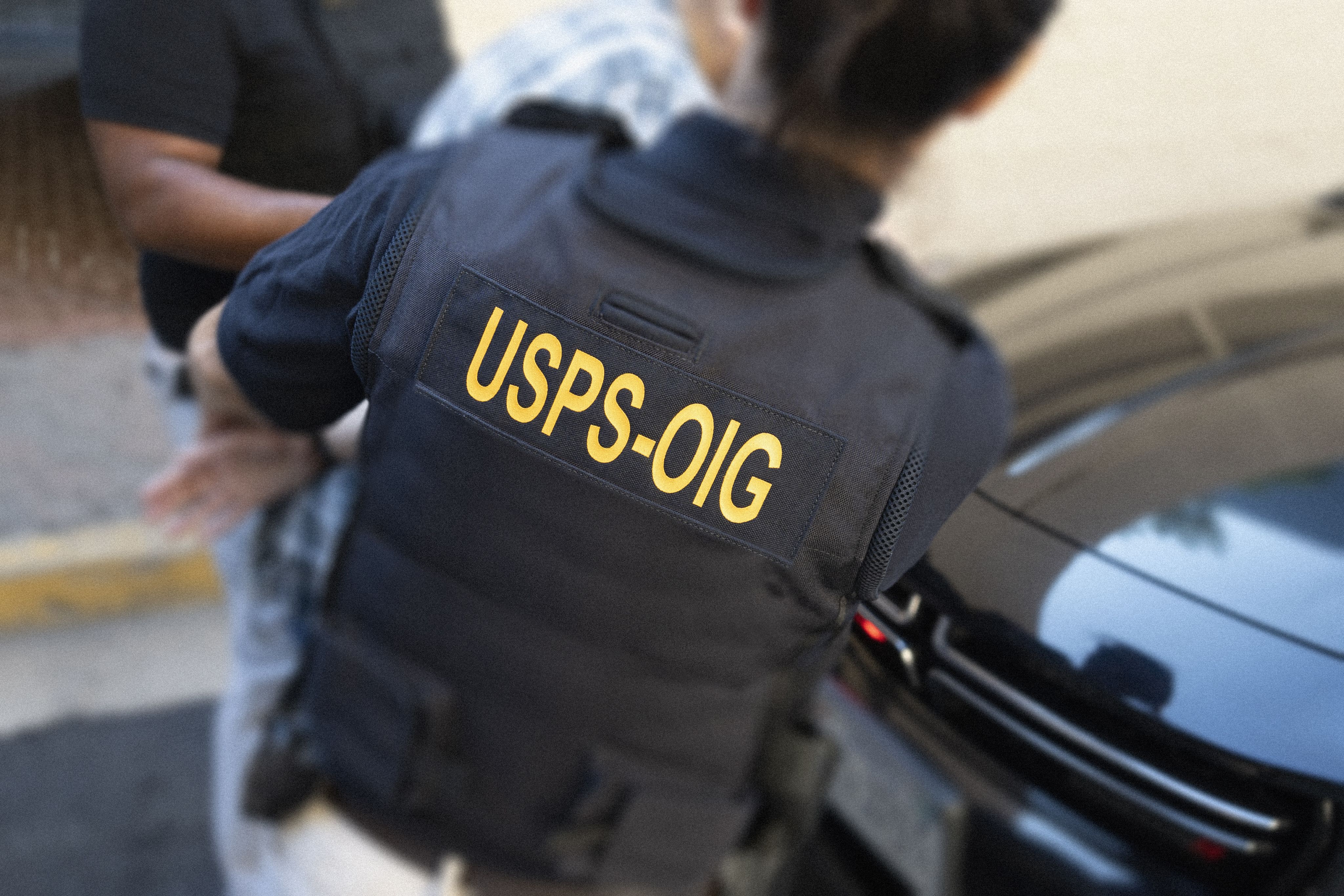
MAIL THEFT

In recent years, we’ve seen a rise in criminal organizations that target postal employees to steal financial instruments from the mail, such as checks, credit cards, and debit cards. In this reporting period, our special agents closed 872 internal mail theft investigations, including some that were unabashedly harmful to both the Postal Service and its customers.
In one case, our investigators dismantled a massive a check theft ring that stole more than $24 million worth of business and U.S. Treasury checks from the mailstream in just a matter of months. A sole employee was pocketing the checks at a mail processing plant, which moves vast amounts of mail each day. She then handed them to two outside co-conspirators.
Our special agents dismantled the criminal enterprise, and the three suspects were sentenced to a combined 14 years in federal prison, with the employee receiving the longest sentence of five years. Each was also ordered to pay over $110,000 in restitution to the victims. This immersive digital story has the details.
This report also covered another big case about a Brooklyn bling ring takedown that handed perpetrators a combined prison sentence of 27 years. Our Investigative Case Highlights has the story.
This report also covered another big case about a Brooklyn bling ring takedown that handed perpetrators a combined prison sentence of 27 years. Our Investigative Case Highlights has the story.
Our audits also play a key complementary role to our mail theft investigations by evaluating efforts by USPS and the U.S. Postal Inspection Service to mitigate and deter mail theft around the country. Our work includes a new audit series launched last fiscal year on the Postal Service’s mail theft mitigation and response. In this reporting period, we issued two reports for the Sacramento, CA, and Houston, TX, areas. Our semiannual report has the results of these audits and another report on USPS’s efforts to mitigate internal mail theft.
NARCOTICS

Drug trafficking organizations (DTOs) are also targeting postal employees because of their access to the Postal Service’s vast network. We are as committed to bring such postal employees to justice as we are to dismantling these criminal groups.
In this reporting period, our special agents closed an investigation that disrupted a $1 million cocaine and fentanyl trafficking scheme moving the drugs from California to Long Island, NY. The joint investigation revealed a single postal employee delivered about 180 drug parcels to an outside dealer. The two were apprehended, convicted, and sentenced to five years’ probation and eight years’ imprisonment respectively. Read the full story for more details.
Our report highlights other significant narcotics cases we closed during this reporting period. And if you’d like to learn more about the work our special agents do — not just in mail theft and narcotics, but also in contract, financial, and health care fraud — you’ll enjoy reading our Investigative Case Highlights.
DELIVERING FOR AMERICA
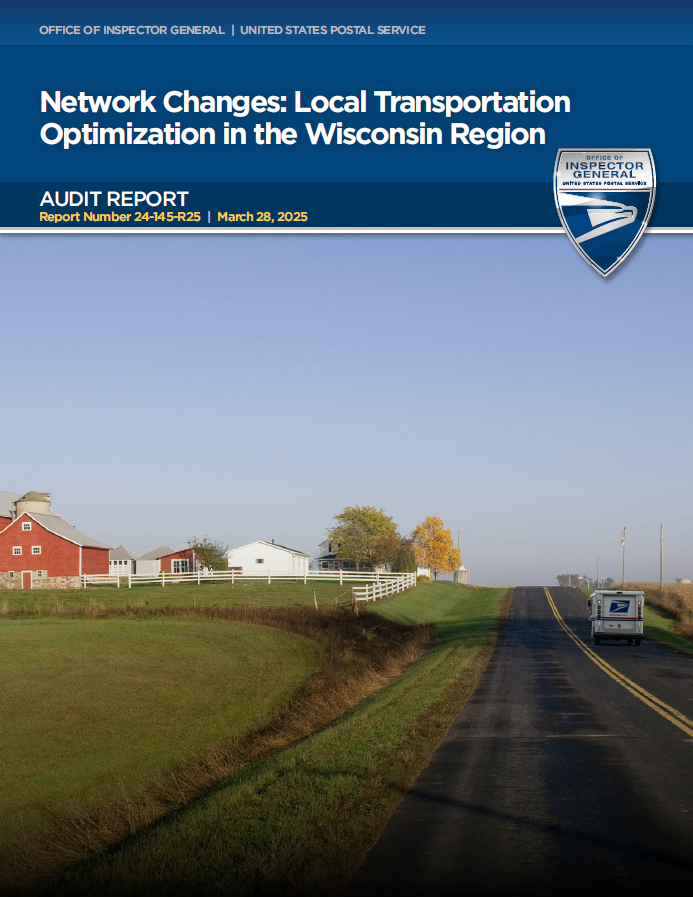



Significant Changes in the Postal Network
The Postal Service is in the fourth year of its 10-year Delivering for America (DFA) plan, which outlines significant changes to many parts of the agency’s operations, including redesigned processing, transportation, and delivery networks. A substantial part of our audit work is overseeing USPS’s progress on all DFA initiatives.
One of the biggest initiatives is the launch of Regional Processing and Distribution Centers (RPDC), which consolidated operations from nearby facilities. Our follow-up audit on the Richmond, VA, RPDC found the Postal Service stabilized operations and achieved more than $21 million in savings for fiscal year (FY) 2024. However, some of the earlier challenges we identified in a prior audit persist. Among these is that scores remain below targets and levels before the large-scale redesign.
In this reporting period, we also covered another major DFA initiative called Local Transportation Optimization designed to reduce the number of transportation trips to and from select post offices and increase the amount of mail transported on each trip. Our report highlights service issues auditors found in reviewing 15 LTO regions, including a deeper look at the Wisconsin region.
Improving Internal Controls to Save Money
Our auditors found two areas where the Postal Service can improve its internal controls and oversight to enhance cost savings, on-time package delivery, and its bottom line. First, we looked at USPS’s implementation of two new systems designed to increase the efficiency and reliability of its transportation network. The systems work together to generate accurate trip payments — for context, the agency spent about $2.3 billion on dedicated transportation services from April 2022 through March 2024.
Our audit of those systems identified questioned costs of about $1.3 million in FY 2023 and, more significantly, $37.5 million in FY 2024. We also found opportunities for USPS to improve controls over Highway Contract Route supplier payments.
Additionally, we audited the Postal Service’s oversight of Parcel Select — the agency’s largest package offering by volume, with about 3.6 billion packages in FY 2023 and more than $10 billion in revenue. Among our findings was that the Postal Service failed to identify 45.4 million packages dropped at the wrong location, making the packages ineligible for discounted Parcel Select pricing.
Curious How USPS Compares to Its International Counterparts?
Our white paper compared the Postal Service and 25 international counterparts. Among the insights was that USPS faces more business restrictions than most other posts, especially when borrowing funds, managing pension obligations, and diversifying outside the core postal business. Our semiannual report has more surprising details, or you can read the paper’s digital story.
Strategies to Retain Pre-career Employees
The Postal Service has a massive workforce of about 637,000 employees, of which nearly 104,000 are temporary pre-career employees who don’t receive the same level of benefits as their career counterparts. Based on non-career exit surveys, the two biggest reasons for turnover are challenges with schedule flexibility and supervisor relations. To address these issues, USPS created the 511 National Initiative.
Our auditors found ways to improve the initiative and the Postal Service’s national standardization of the pre-career employee job experience and retention. And while postal management agreed with the five recommendations in this audit, it disagreed with the reported monetary impact of over $1.4 million.
SERVICE PERFORMANCE

What does USPS mean by service performance? It’s the time it takes to deliver a mailpiece or package from acceptance through delivery, and our Field Operations Review Teams look at factors that affect it when conducting audits that reach every corner of the nation.
Responding to congressional requests or service performance indicators, we issued 27 reports covering five key areas during this reporting period. Of note is the Massachusetts-Rhode Island cluster of reports, which came in part as a response to a congressional delegation to review service performance, employee retention/vacancies, and select lease and facility suspensions in Massachusetts.
We found package scanning and handling issues at all three delivery units, and over 10,800 pieces of delayed mail at two units. More alarmingly, we identified 58 arrow keys that were missing at the three delivery units — arrow keys are a high-demand commodity in criminal circles, as they open the iconic blue collection boxes as well as cluster box units, like those in apartment buildings. Postal management was responsive to our findings, taking immediate action to address most issues identified in the interim reports.
Also of note was our work in the Alabama-Mississippi district, which was affected by the Postal Service’s changes to its transportation network. And beyond the Field Operations Reviews, our Office of Audit also conducted other service performance reviews: Florida’s third district saw significant issues with First Class Mail performance as did Michigan’s first district with Priority Mail Express.
FLEET MODERNIZATION
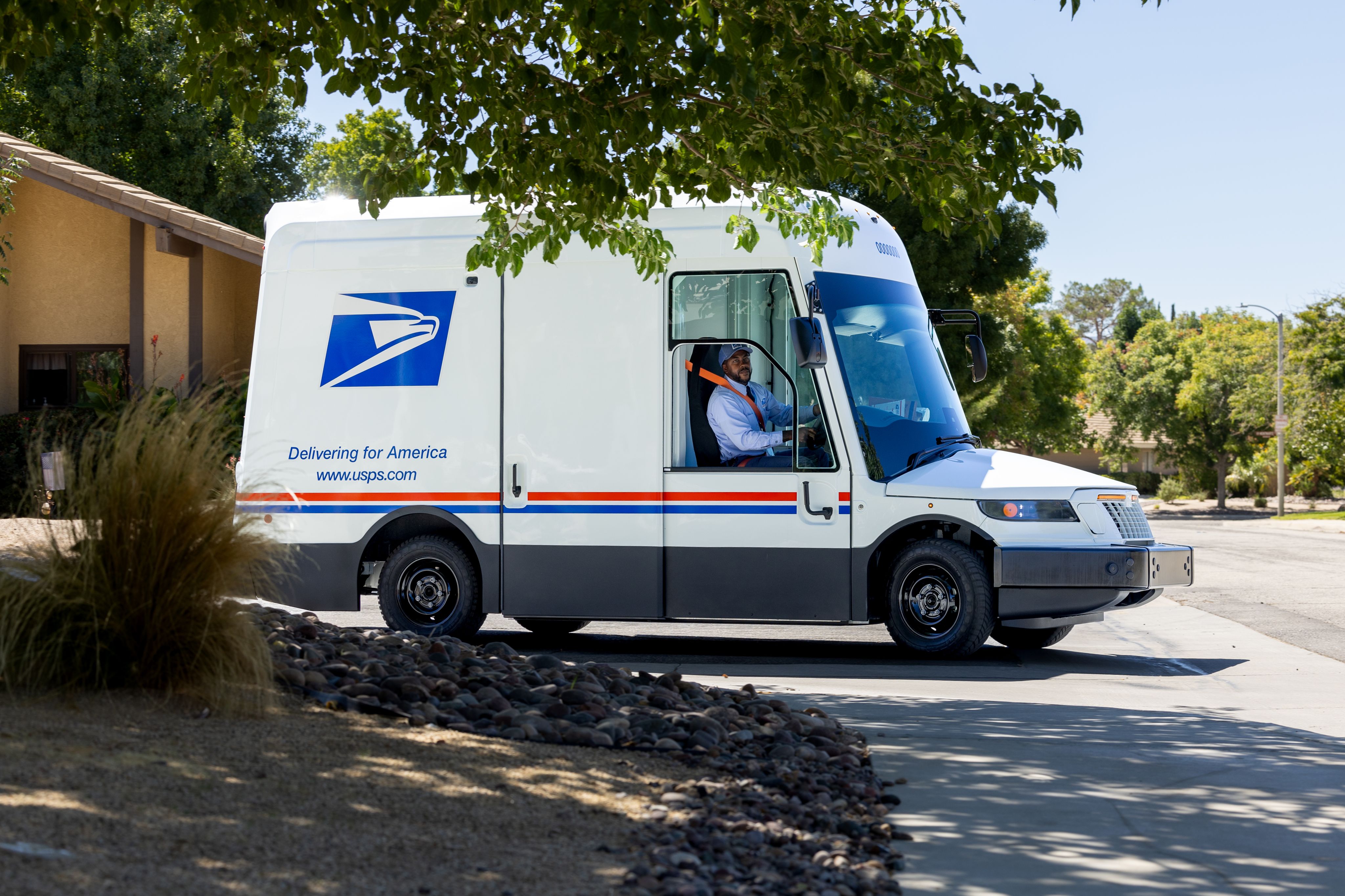
The Postal Service is modernizing its aging fleet of over 227,000 delivery vehicles. That entails acquiring new vehicles and disposing of old long-life vehicles (LLV), which comprise about 44 percent of the fleet and have exceeded the projected 24-year life span.
Regarding the acquisition of new vehicles, we looked at USPS’s new delivery vehicles acquisition status, finding about 22,500 new delivery vehicles were acquired as of June 2024. The vehicles’ acquisition status was mixed, with some arriving on time, while others experiencing monthslong delays. Ongoing delays will continue to put the timelines for fleet modernization, cost savings, and sustainability at risk.
Source: OIG analysis of USPS vehicle acquisition data.
Source: OIG analysis of USPS vehicle acquisition data.
Our report also covered evaluated USPS’s management of Postal Vehicle Service operations, which use a fleet of delivery vehicles to move large mail volumes between postal sites, local firms, and mailers.
Regarding the disposal of old vehicles, we found USPS had ineffective controls over the LLV disposal program. We estimated over $452,500 in lost revenue for almost 11,260 disposals without associated scrappage payments between October 2023 and April 2024. We also estimated over $3.8 million in at-risk revenue for 95,320 planned LLV disposals.
The Postal Service is the only government agency that touches every household and business in America. We are committed to doing our part to ensure its efficiency, accountability, and integrity.
We invite you to read this latest Semiannual Report to Congress to learn more about the topics above, the challenges Postal Service management is facing, as well as our investigations into senior executives and whistleblowers who have alleged reprisals.
For the latest updates on our work, be sure to subscribe to our emails or follow us on Linked In, Facebook, X (formerly Twitter), or Threads.
Additional Resources
Contact Us
For media inquiries, please email press@uspsoig.gov.



